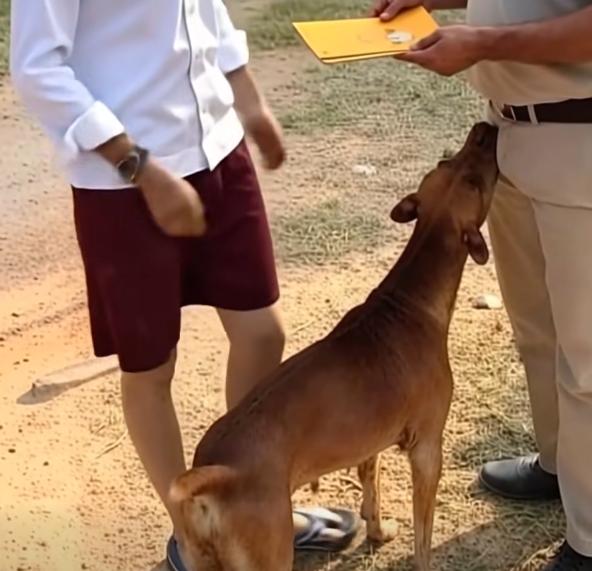If you’ve ever been greeted by a dog with an eager sniff—sometimes a little closer than expected—you’re not alone. While humans connect through eye contact, words, and expressions, dogs experience the world primarily through scent. To them, smelling someone is a natural and respectful way to understand who they’re meeting. Every person has a unique scent, and for dogs, sniffing is like reading a detailed story about where you’ve been and how you feel.
Dogs possess an extraordinary sense of smell, far beyond human ability. With nearly 300 million scent receptors (compared to about six million in humans), their noses can pick up emotional and biological signals. They may detect stress, happiness, or even subtle shifts in health. This powerful ability is what enables trained dogs to assist in detecting medical conditions, supporting search-and-rescue missions, and alerting people to health changes such as low blood sugar or upcoming seizures.
You might wonder why dogs often sniff certain areas first, such as near the groin or underarms. The reason is biological, not behavioral. Humans release natural chemical signals known as pheromones, which are concentrated in areas with specific sweat glands. When dogs meet each other, they sniff near the tail to gather important information about identity and mood. When they do the same with humans, it’s simply their instinctive way of learning about the person in front of them.
If this behavior feels uncomfortable, gentle redirection is the best response. Trainers often recommend teaching dogs to greet by targeting a hand for a sniff instead, which still satisfies their curiosity in a polite and friendly way. In the end, a dog’s sniffing isn’t meant to embarrass—it’s a sincere way of saying, “I’m trying to understand you better.” Through scent, dogs build trust, recognize their companions, and strengthen their place in our shared world.
